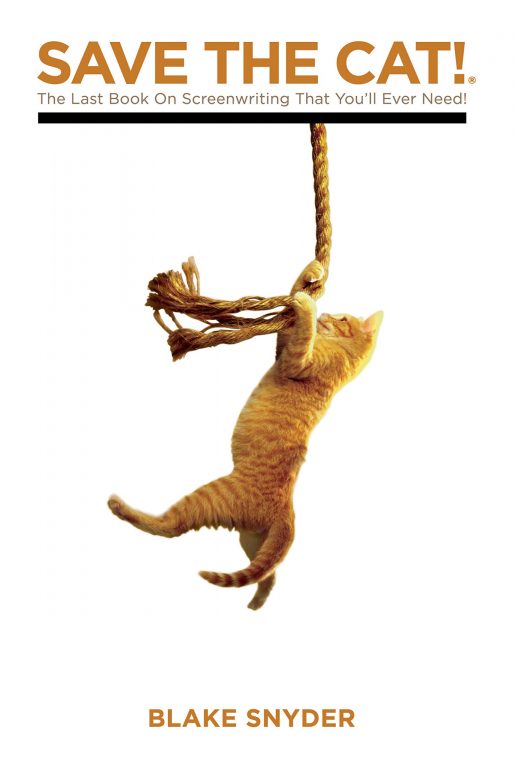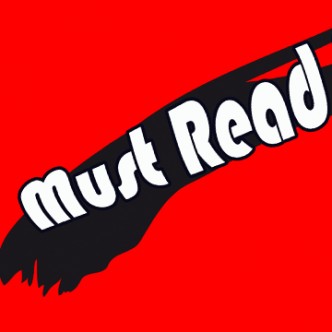You’ve finished your Screenplay and IT SUCKS – WHAT to do

This post will be structured in a way so that you ask yourself the necessary questions that propel you to make the necessary changes to your first, second or third draft that you don’t get to make it work.
Questions that need an answer:
Active vs Passive character
- Have you made clear the objective/goal of your protagonist in the 1 act?
- Is your protagonist an active piece of the puzzle or are all the clues given to him?
- Is your protagonist the one that tells others what to do or is it the other way around?
If one of the previous answer to one of the questions stated above is that he doesn’t do much, I bet you have a passive main character.
Fix it by making your main character an active piece of the puzzle.
Verbalization of the story
- Do your characters talk out the whole plot?
If one of your characters talk about all that is about to happen in the movie and there are no surprised and actually the story follows the same paths as the one described… you end up with a boring story.
Fix it with subtext.
The villain being a villain
- Does the villain in your movie doesn’t really do anything terrible that threatens your main character from achieving his goal?
Fix it by making the bad guy even worse.
Plot Spiral
- Does your plot spiral to a climax?
If not what you need to do is make your plot as a kind of repetitive spiral in which the conclusion is reached through an inevitable climax.
The way you do this is by not only showing us the persecution between the bad guy and the hero but by meanwhile revealing character flaws, doubts, fears… by revealing how all that is happening is affecting our main character/s.
Fix it by going back and revealing character as the same conflict patterns repetively show up in your story.
Emotions
- Does your Screenplay do not have a wide range of emotions? Does your Screenplay basically explore one human emotion?
Go back and fix it by exploring a wider range of emotions through your characters’ eyes so the audience can see themselves reflected on them.
“To the point” dialogue
- Does your movie take really long to get to the point because there a lot of lines of dialogue in which you talk about common stuff from real life but do not have any depth for the story?
Fix it by giving to your characters lines that most people may not say in real life but that will make them interesting.
No Character Arc
- Does your character follow a journey in which he ends up being the same that when he started? Is he the same as when he started?
If the answer is yes, you need to go even more far back in time to explore the moment of suffering in which your character needed to by all means change.and better tell that story.
Unique characters
- Do all the characters in your movie get all mixed up when you try to tell the story? Do people find it really difficult to identify each character?
Fix this by giving each of your character a flaw that it’s part of their identitym may it be a physical flaw or a psychological one.
Human Needs
- Can any human understand your story because at their core it talks about a human need?
- Does your movie talk about one of these basic and primal desires at their core?
Examples of a primal desire:
- Desire to protect their family
- Desire to protect their home
- Desire to find a partner
- Desire for vengeance
- Desire to survive
- Desire to know oneself
- Desire to know the world that surrounds us
- Desire of significance
- Desire for certainty
… Etcetera.
So keep an eye on how does your screenplay answers these questions to make it better and see you next time!

You’ve finished your Screenplay and IT SUCKS – WHAT to do
Ale Fito SCREENPLAY Leave a Comment on You’ve finished your Screenplay and IT SUCKS – WHAT to do
You’ve finished your Screenplay and IT SUCKS – WHAT to do This post will be structured in a way so that you ask yourself the necessary questions that propel you to make the necessary changes to your first, second or third draft that you don’t get to make it work. Questions that need an answer: […]

Complex VS Complicated movies
Ale Fito SCREENPLAY Leave a Comment on Complex VS Complicated movies
Complex VS Complicated movies You might be thinking that there is no difference between complex and complicated movies. But in order to make that assumption we need to be sure what does complex and complicated really mean. Complicated means difficult to analyze, understand or explain. Complex means composed of many related parts, having a complicated […]

2. Act Design by Robert McKee
Ale Fito SCREENPLAY Leave a Comment on 2. Act Design by Robert McKee
2. Act Design by Robert Mckee Progressive complications Progressive complications it’s the second element of the five-part design of a story that goes from the Inciting Incident to the Crisis/Climax. In a story it’s where the the plot gets more complicated and more conflict happens because there are more challenges for our main character/s to […]

1. The Inciting Incident by Robert Mckee
Ale Fito SCREENPLAY Leave a Comment on 1. The Inciting Incident by Robert Mckee
The Inciting Incident By Mckee Every story has five major parts: Inciting Incident: the primary cause that follows that puts in motion the other four elements. Progressive complications Crisis Climax Resolution To master the Inciting incident you need to master setting. The World Of The Story The world of the story happens in a certain […]

3 MUST Reads For Writting a Screenplay
Ale Fito SCREENPLAY Leave a Comment on 3 MUST Reads For Writting a Screenplay
3 MUST Reads For Writting a Screenplay There are many books that you could read that will have a lot of valuable information when writting a screenplay like “Save the Cat”, “Creating Character Arcs” or “The Hero’s Journey” but here we want to focus on 3 that we believe are the ones that after reading […]

4 KEY Tips for Scene Design
Ale Fito SCREENPLAY Leave a Comment on 4 KEY Tips for Scene Design
4 KEY Tips for Scene Design Turning Point effects, Setup/Payoffs, Emotional Dynamics and Choice Scene design To understand how scenes are built, there are 4 main points that we have to go over: Turning points Setups/Payoffs Emotional Dynamics Choice These are the main principles inside a scene that a screenwriter should master according to Robert […]

Añadir un comentario